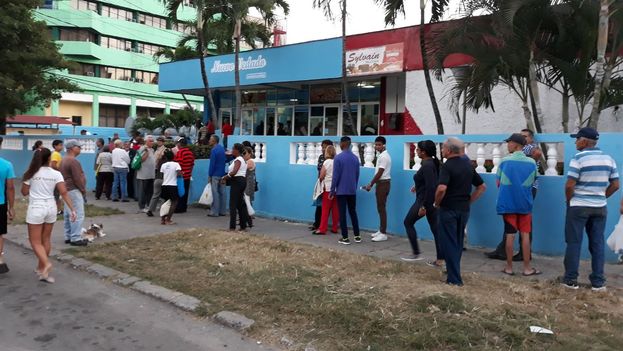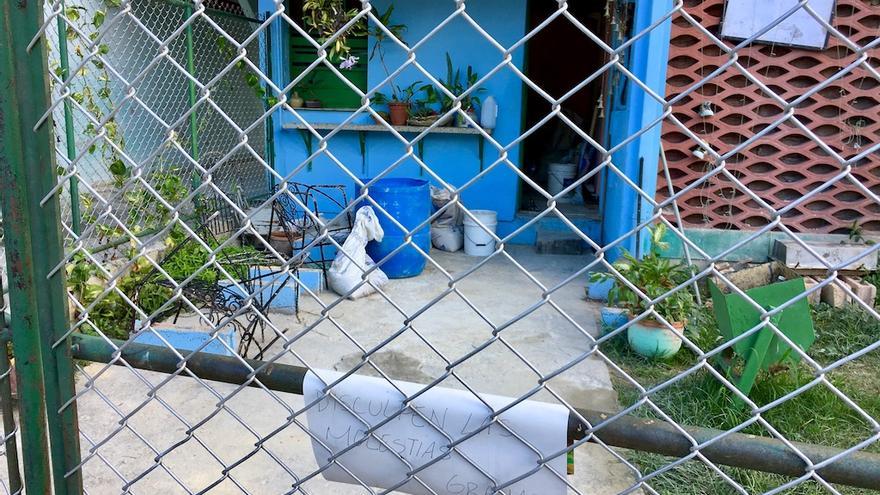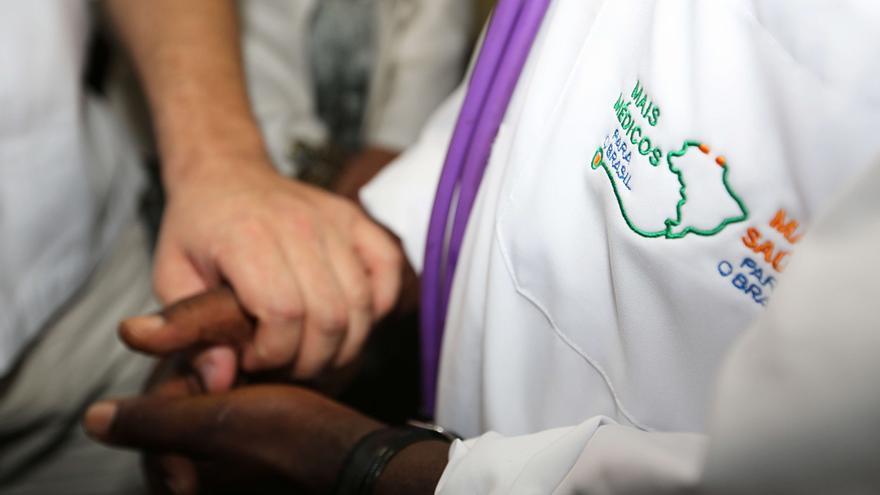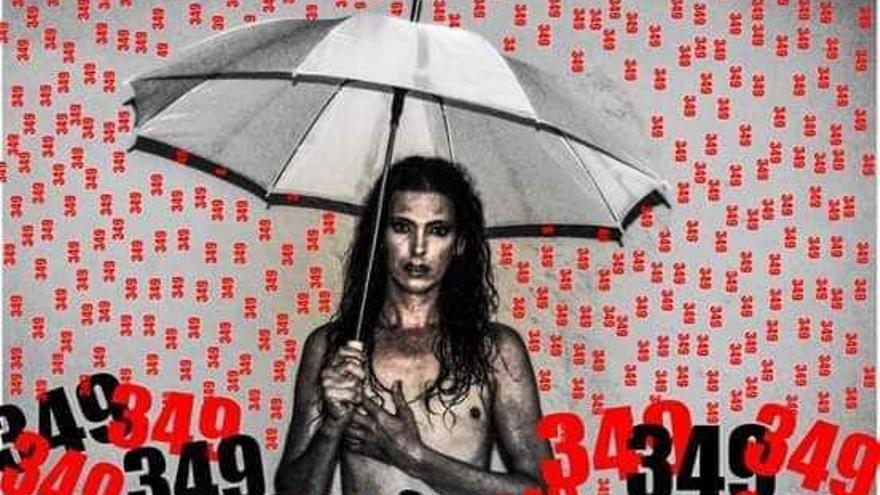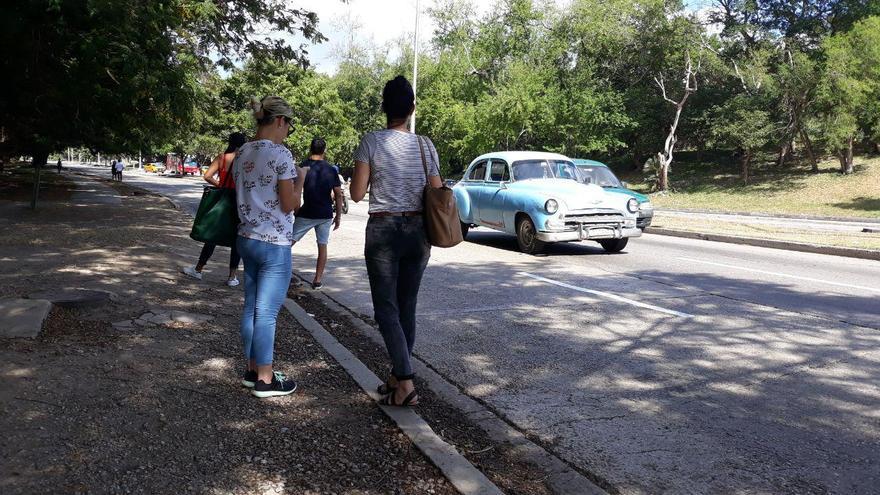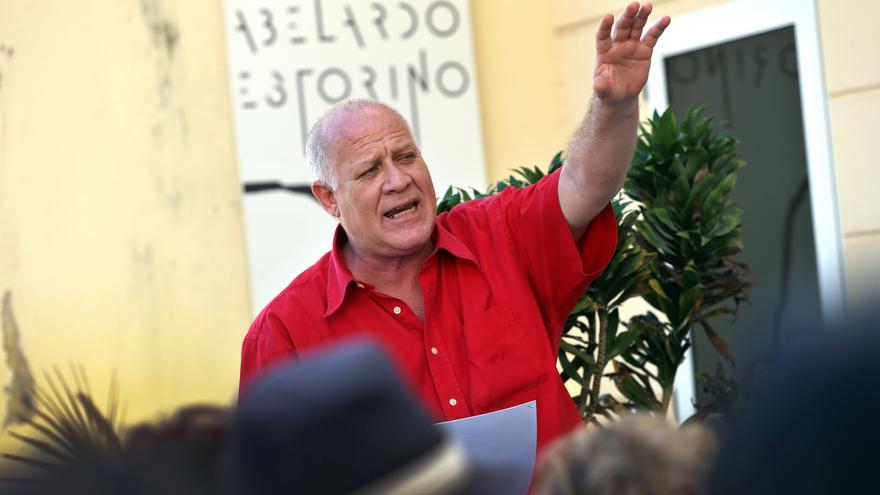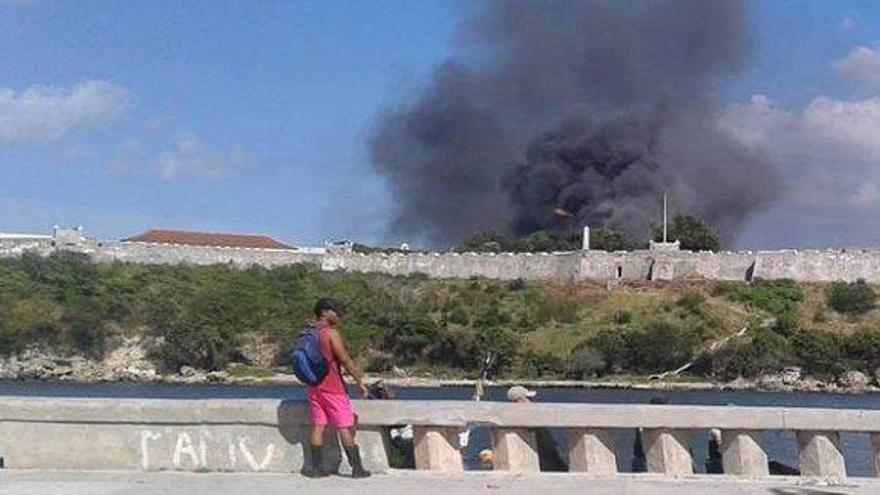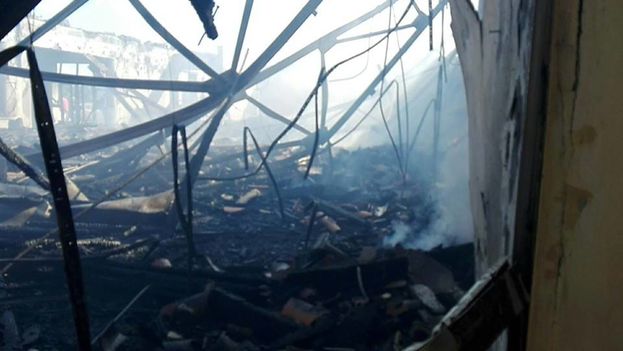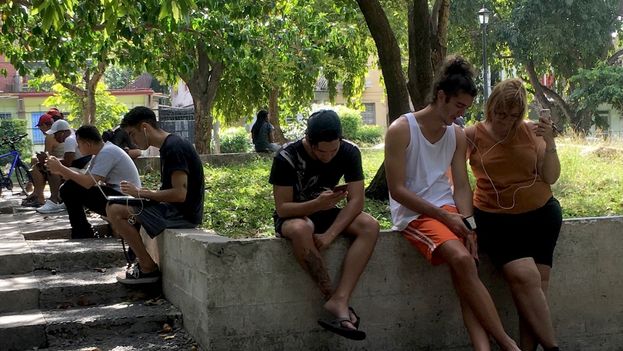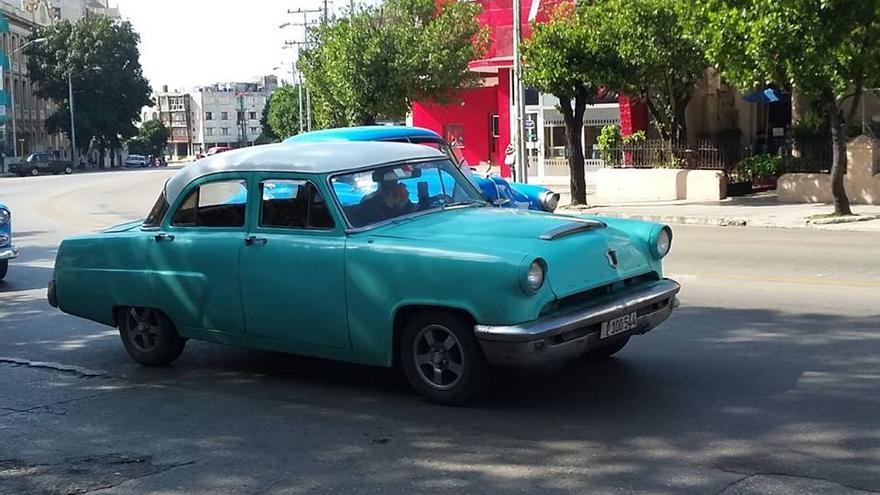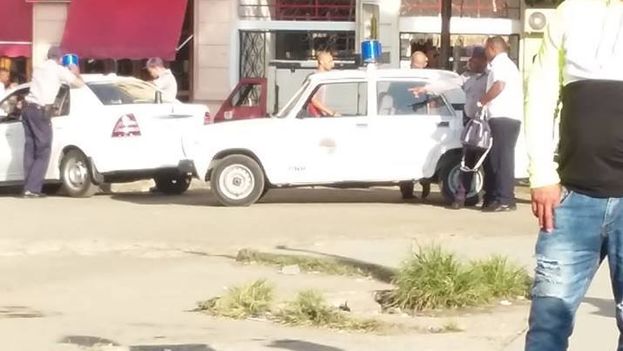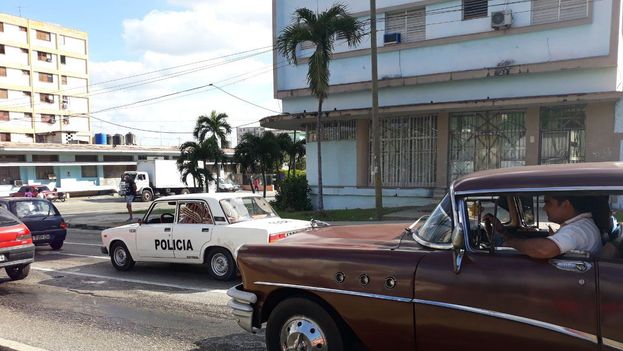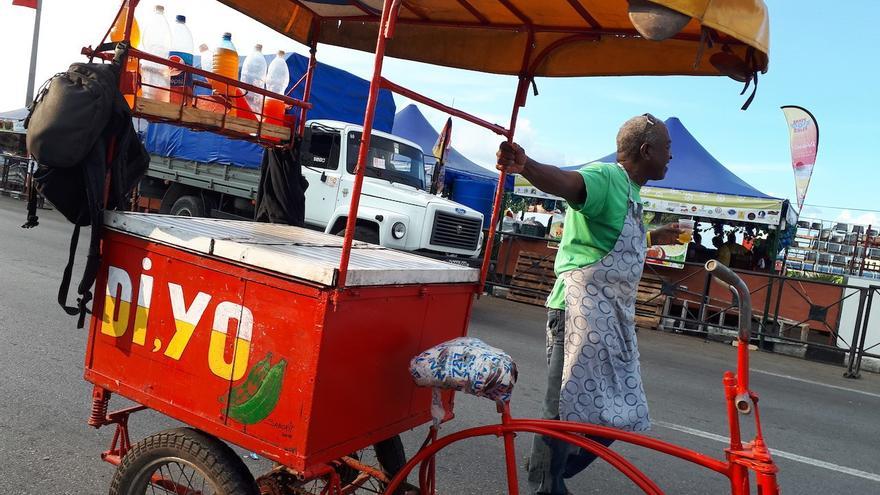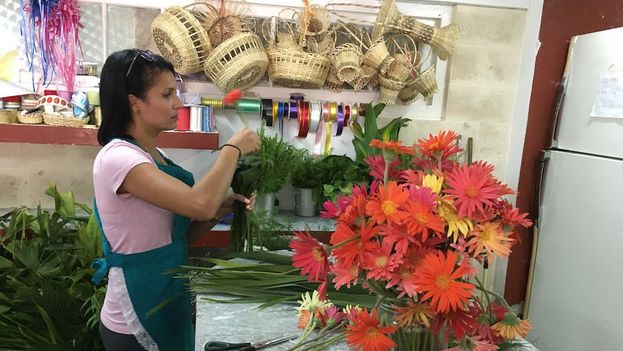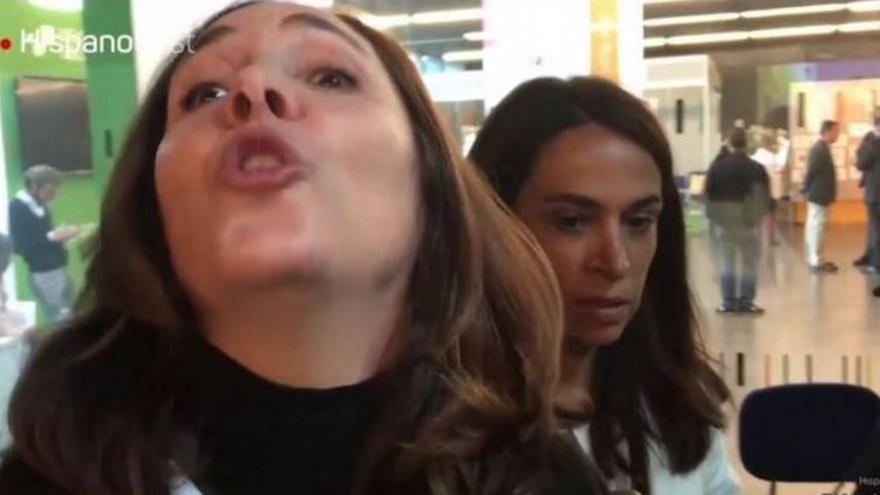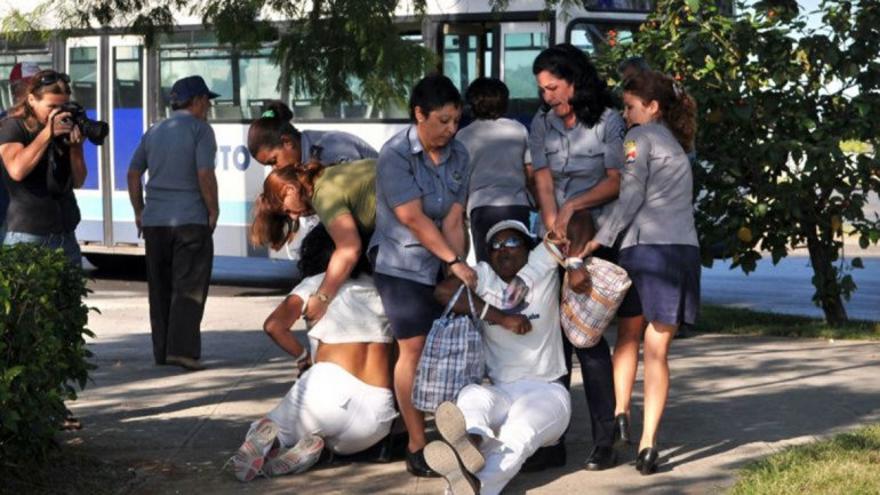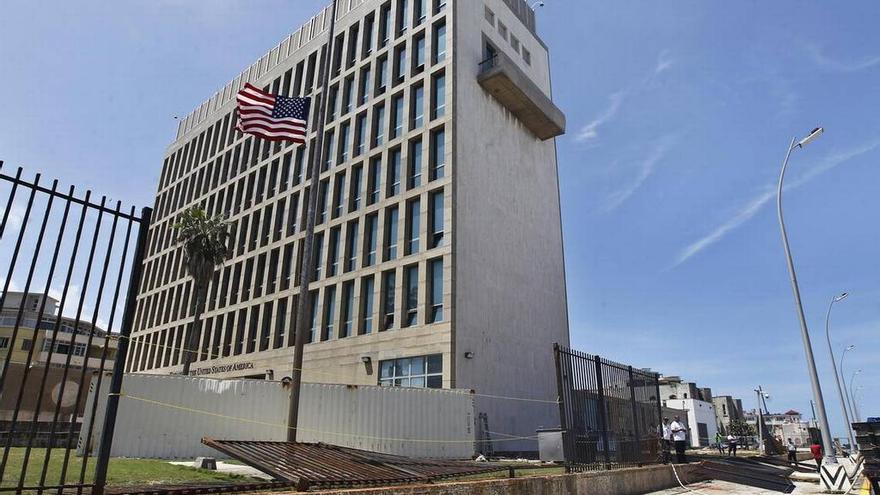
![]() 14ymedio, Havana, December 11, 2018 — The United States has announced the total closure, from December 10, of its office in charge of migratory affairs in Havana. The functions of the United States Citizenship and Immigration Services (USCIS) will be assumed by its office in Mexico, according to a statement from that agency of the Department of Homeland Security in Washington.
14ymedio, Havana, December 11, 2018 — The United States has announced the total closure, from December 10, of its office in charge of migratory affairs in Havana. The functions of the United States Citizenship and Immigration Services (USCIS) will be assumed by its office in Mexico, according to a statement from that agency of the Department of Homeland Security in Washington.
Additionally, the US State Department will assume some of the services that USCIS previously provided in the Cuban capital, in the zone of the Embassy building that is popularly known on the Island as “the American consulate.”
The text, published today, announces the changes that will come into effect starting now and the situation regarding certain procedures. continue reading
“Visa services at the Embassy of the United States in Havana have been almost completely suspended since November of 2017 due to a reduction of personnel as a result of the attacks affecting the health of the employees of the Embassy of the United States in Havana,” explained USCIS in the statement.
The decision jeopardizes US permanent residents who, during a trip to the Island, lose their green cards or their reintry permits to the United States, because as of now they will have to complete the process outside of Cuba.
Applications for asylum and refuge in the United States Embassy are also suspended and Cubans who wish to have recourse to the Cuban Family Reunification Program will also have to travel abroad.
The office will be in contact in the upcoming days with asylum applicants whose applications are already in progress to provide more detail on the new procedures.
USCIS has provided a telephone number (011 53 (7) 839-4100) for those who want more information about their applications on the Island and announced that in the next few hours they will offer more information on the agency’s website.
Although since November of 2017 the US Embassy in Havana had stopped the majority of its visa processing services, it was still processing some procedures such as in emergency cases of US citizens who had lost their passports on the Island, in addition to the visas of Cuban diplomats and a few activists who were planning to travel to that country to study or to participate in events.
The consulate building, which also housed two documentation centers that offered internet access to the public, passed from being a place with a great hustle and bustle of visa applicants to remaining practically empty. Of the businesses in the area that depended on offering bathrooms, food, bag check, and help filling out visa forms online, the majority have closed in the last year.
The days in which John Kerry raised the flag to reopen the United States embassy a few yards away from Havana’s Malecón are long gone. The diplomats have lost almost all contact with the opposition groups and a service of sending news via email from the place’s press office is barely kept up.
Translated by: Sheilagh Carey
______________________
The 14ymedio team is committed to serious journalism that reflects the reality of deep Cuba. Thank you for joining us on this long road. We invite you to continue supporting us, but this time by becoming a member of 14ymedio. Together we can continue to transform journalism in Cuba.

